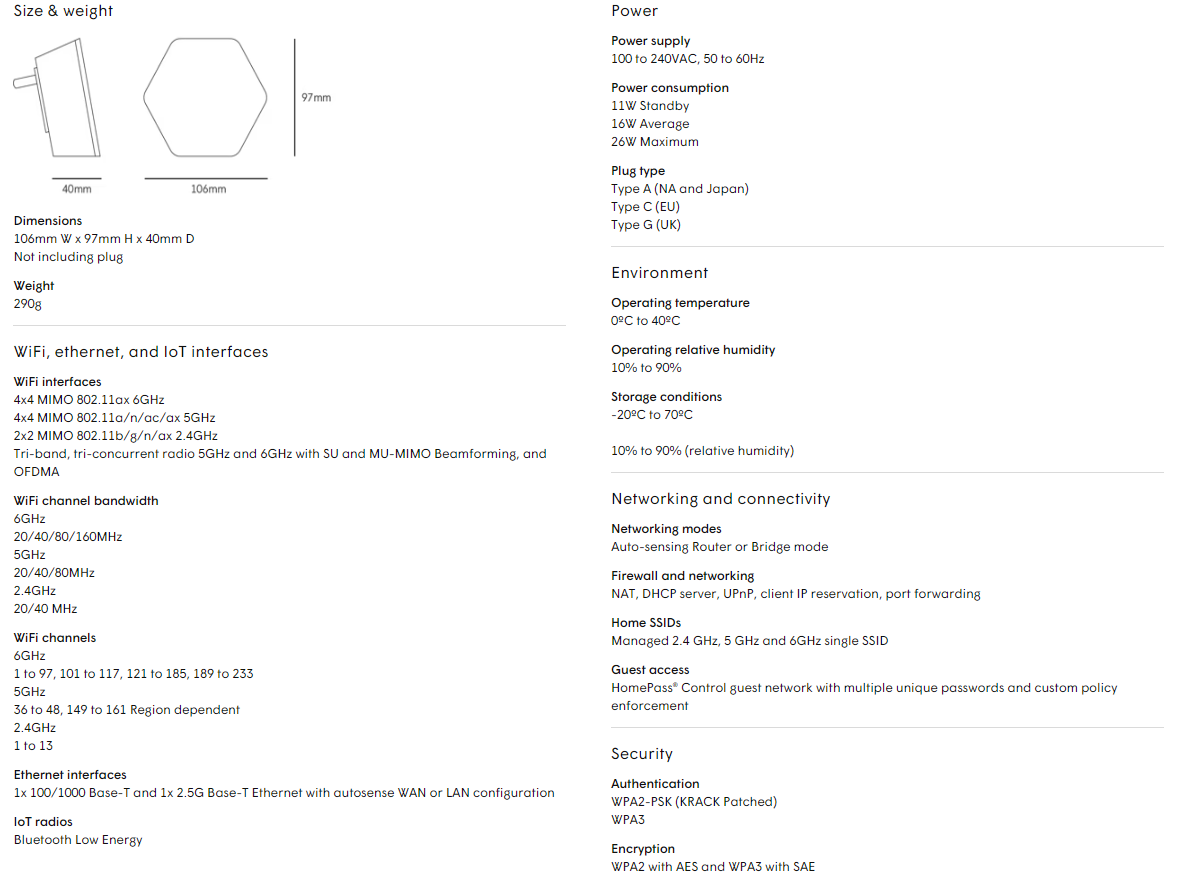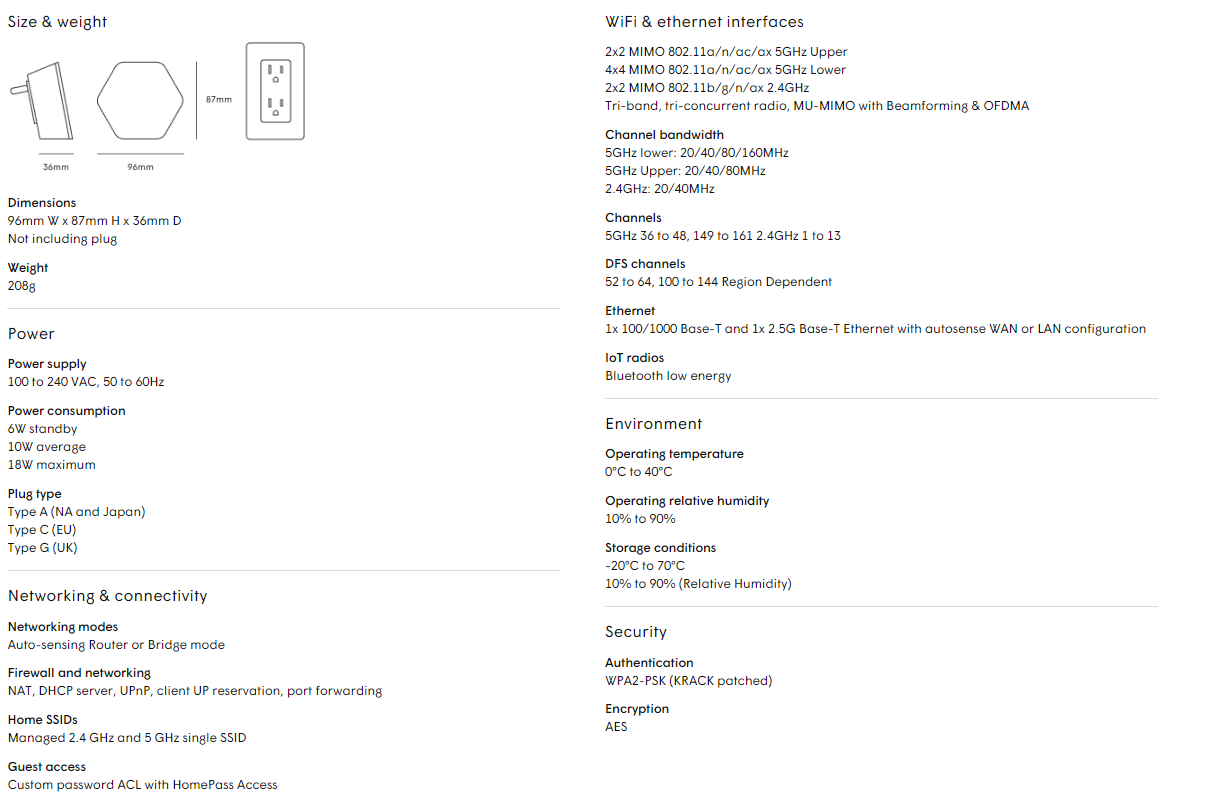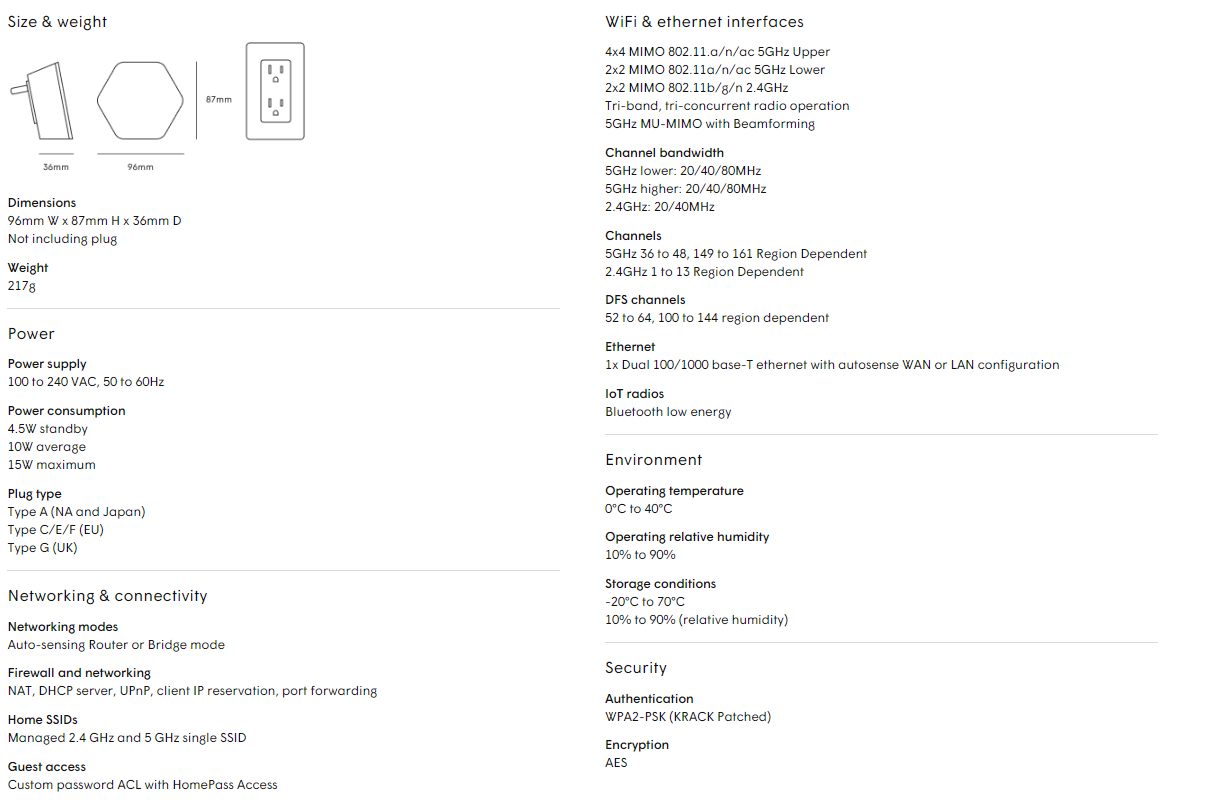In our digital age, where data is the new currency, network security is paramount. Yet, all too often, organizations find themselves engaged in a game of whack-a-mole when it comes to addressing security vulnerabilities. Like the arcade game where players frantically try to smack down pesky moles popping up at random, this reactive approach to security leaves businesses vulnerable to persistent threats and costly breaches.
It’s time to shift from a reactive to a proactive stance, implementing strategies that fortify defenses and mitigate risks before they manifest.
The Whack-a-Mole Mentality
Imagine this scenario: A security breach occurs, and the IT team scrambles to patch the vulnerability that allowed the intrusion. They succeed, but before they can catch their breath, another vulnerability emerges elsewhere in the system. It’s a never-ending cycle.
This reactive approach is not only exhausting but also ineffective in today’s rapidly evolving threat landscape. Cybercriminals are becoming more sophisticated, constantly probing for weaknesses to exploit. Relying solely on patching vulnerabilities as they arise is akin to plugging holes in a sinking ship without addressing the underlying structural issues.
Three Pitfalls of Reactive Security
1. Patch Lag Time
Vulnerabilities often exist for some time before they’re discovered and patched. During this window, cybercriminals have ample opportunity to exploit them, potentially causing significant damage.
2. Resource Drain
Constantly reacting to security incidents consumes valuable time and resources that could be better spent on proactive security measures and business growth initiatives.
3. Incomplete Coverage
Focusing solely on known vulnerabilities leaves blind spots in your security posture as new threats and attack vectors emerge regularly.
Shifting to a Proactive Security Mindset
To break free from the whack-a-mole cycle, organizations must adopt a proactive security mindset. Here’s how:
- Continuous Monitoring
Implement robust monitoring systems to detect potential security threats in real-time. This includes network traffic analysis, intrusion detection systems, and endpoint protection solutions.
- Vulnerability Management
Regularly assess your network for vulnerabilities using automated scanning tools and manual penetration testing. Prioritize patching based on risk severity and exploitability.
- User Education
Invest in comprehensive cybersecurity awareness training for employees to help them recognize and report suspicious activity, such as phishing attempts or social engineering tactics.
- Zero Trust Architecture
Embrace the principle of zero trust, which assumes that threats can come from both inside and outside the network. Implement strict access controls and authentication mechanisms to verify user identities and limit lateral movement within the network.
- Incident Response Planning
Develop a detailed incident response plan outlining roles, responsibilities, and procedures for promptly and effectively responding to security incidents.
Citynet is Here to Help
Our experts will work with you to devise and deploy a custom cybersecurity strategy. With comprehensive solutions from the best names in cybersecurity, Citynet can help you protect your business, your employees, your customers, and your reputation.
Learn more by contacting us today!








